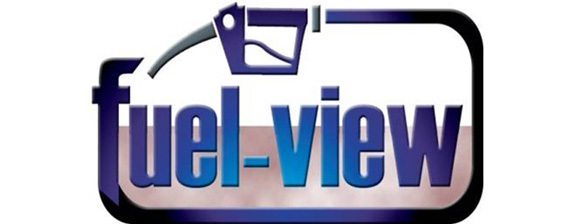Anderson Kill P.C.
Mark Garbowski
November 12, 2014
While international “tax inversion” deals found controversy and dominated the political headlines among merger and acquisition news stories this year, practicing attorneys are still focused on the nuts and bolts of making deals happen and protecting the interests of their clients on deals of all kinds. Insurance policies represent a significant asset class that is often overlooked by the people putting together such deals. Deal makers often spend a great deal of time negotiating the transfer of historic liabilities but little or no time on the insurance policies that will cover any pre-closing liabilities assumed. Whether the acquired company or division has liabilities resulting from securities transactions, financial activities, environmental damage, toxic torts, or professional activities, such as design work or healthcare, its insurance policies represent an important source of potential recovery for those losses. If you are advising a team that is acquiring another company and its liabilities, it will be vital to also acquire and properly value the insurance assets that might cover those liabilities.










